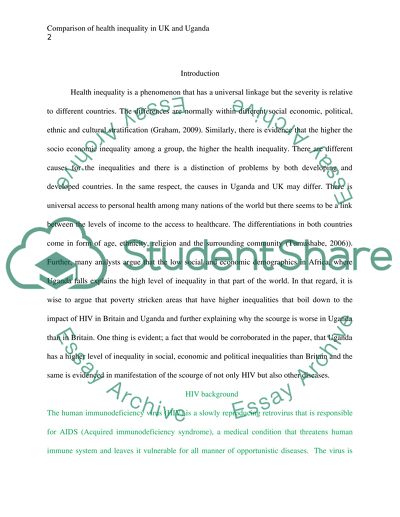Cite this document
(Health Inequality in the UK and Uganda Dissertation, n.d.)
Health Inequality in the UK and Uganda Dissertation. Retrieved from https://studentshare.org/sociology/1633237-essay-on-health-studies
Health Inequality in the UK and Uganda Dissertation. Retrieved from https://studentshare.org/sociology/1633237-essay-on-health-studies
(Health Inequality in the UK and Uganda Dissertation)
Health Inequality in the UK and Uganda Dissertation. https://studentshare.org/sociology/1633237-essay-on-health-studies.
Health Inequality in the UK and Uganda Dissertation. https://studentshare.org/sociology/1633237-essay-on-health-studies.
“Health Inequality in the UK and Uganda Dissertation”, n.d. https://studentshare.org/sociology/1633237-essay-on-health-studies.


